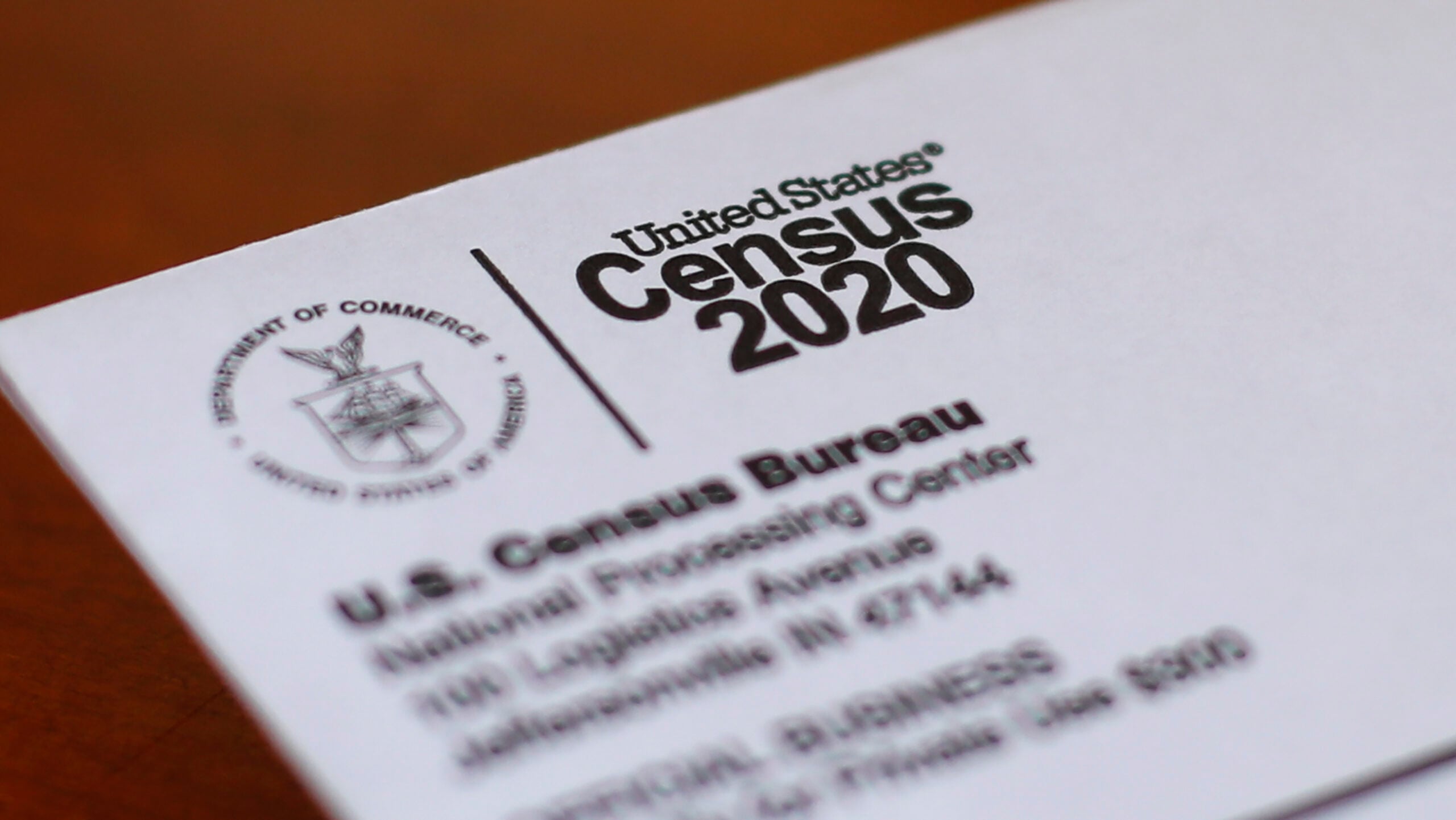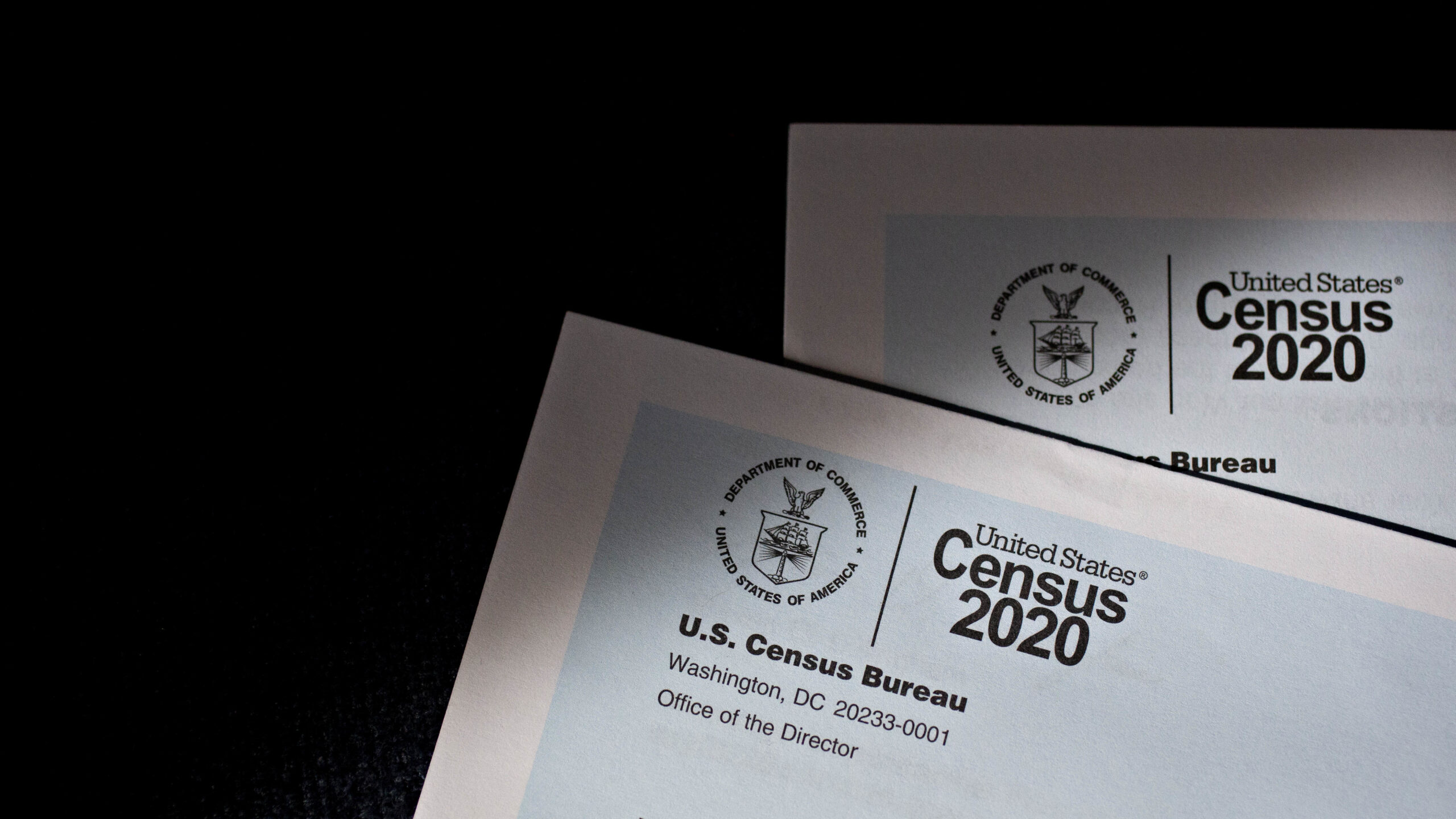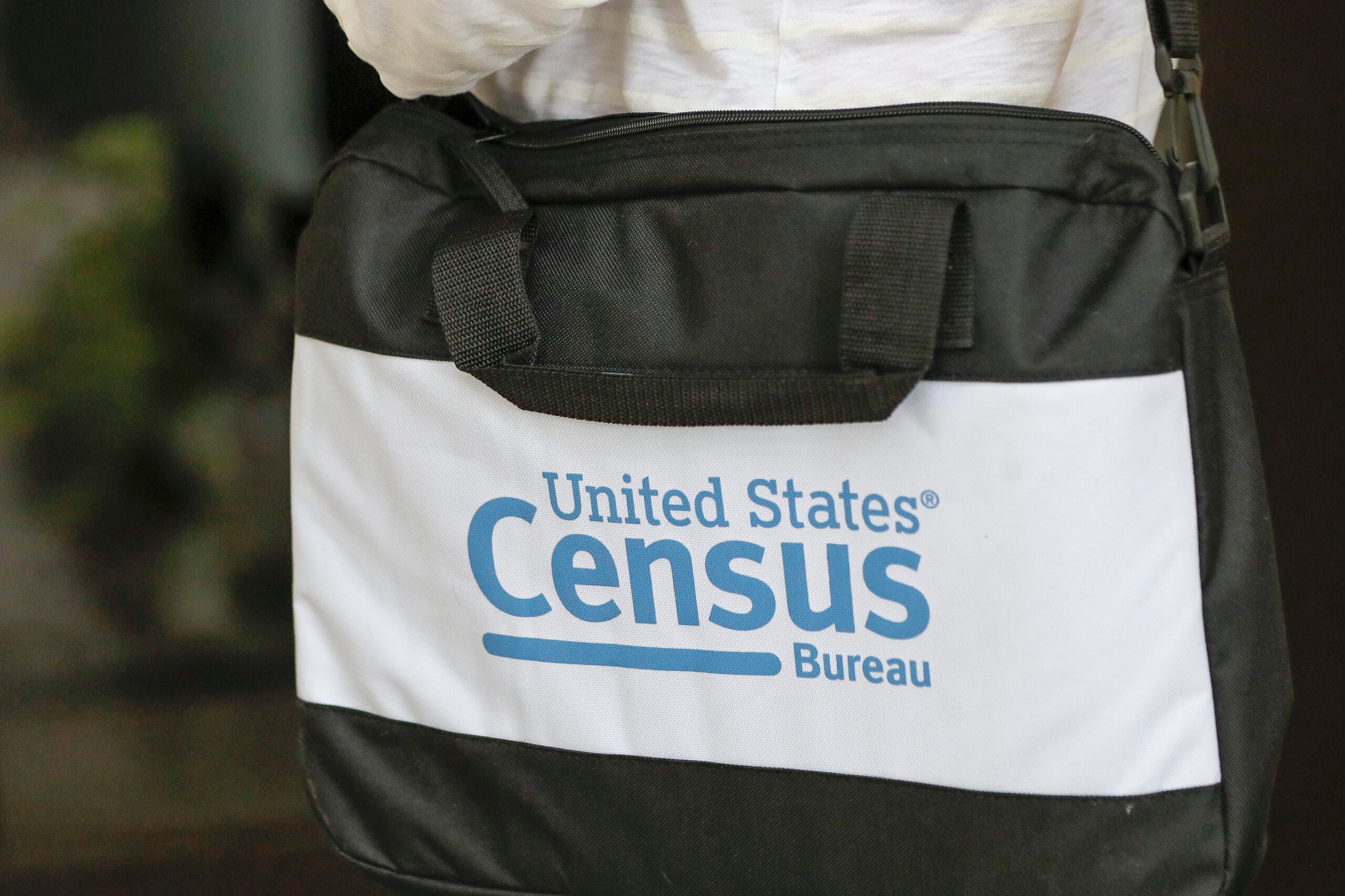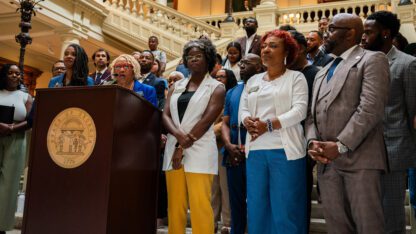Clarkston Area Pushes For Count Of Young Children On The Census
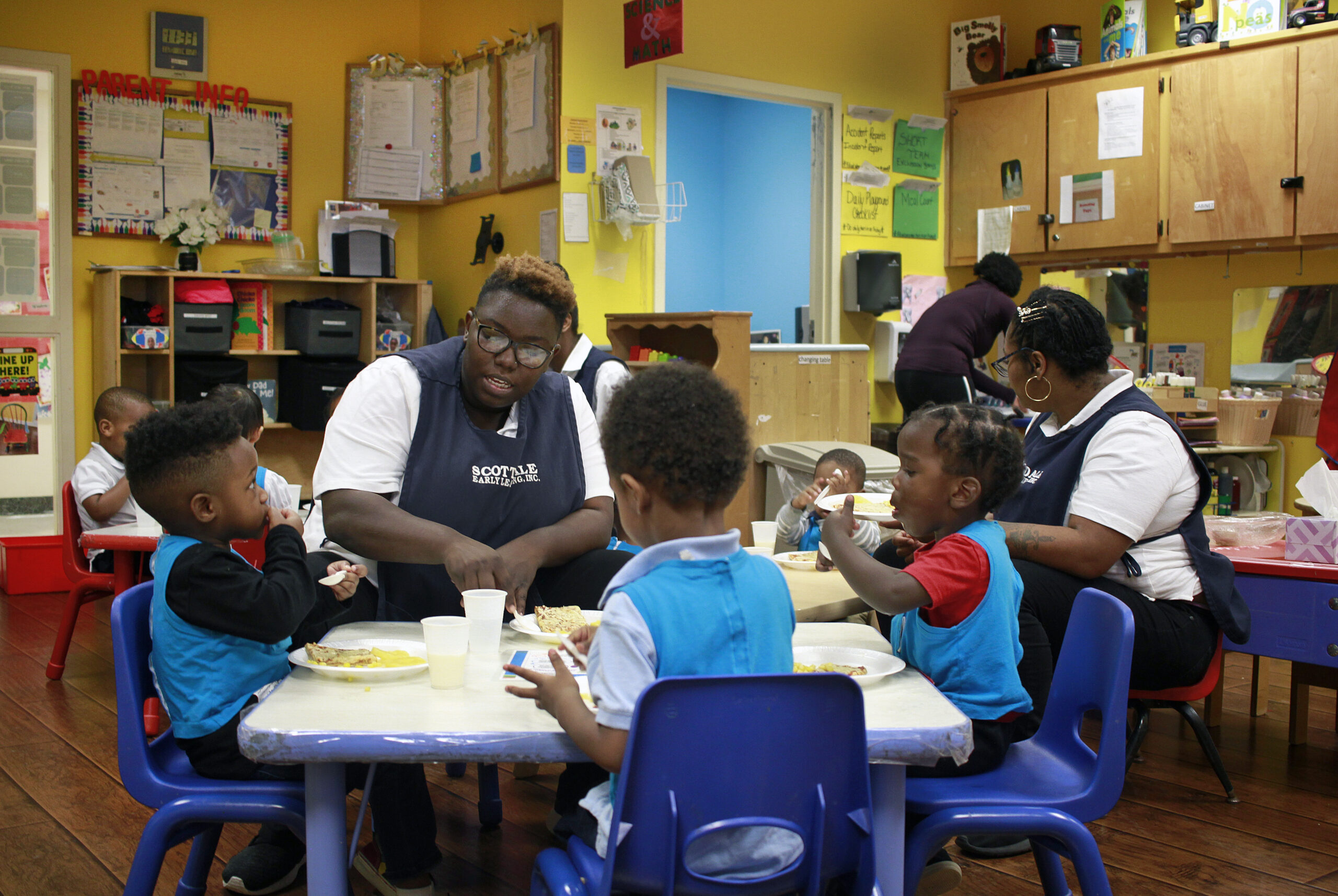
Lunchtime on a Thursday afternoon at Scottdale Early Learning Inc. The center wants to make sure families know about the census.
Kaitlin Kolarik
Once a month, Clarkston residents meet to talk all things census. This time around, they’re gathered around a coffee truck on a lot near Market Street.
Amina Osman is originally from Kenya. Her first census in this country was in 2010, but she says some of her neighbors weren’t counted.
“Me too. I was there, but they didn’t count me because they didn’t come and knock on my door,” she says.
And some at this event are concerned about an undercount of the area’s young children in 2020.
In Georgia, an estimated 55,000 young children, or children under 5, did not show up in the 2010 count. Percentagewise, that gave the state one of the highest undercounts of children in the country. According to the Urban Institute, Georgia is again at risk of an undercount.
A ‘Real And Growing’ Problem
The census determines $675 billion a year in federal funding for schools, hospitals and roads. It also determines money for programs such as housing vouchers, special education grants and Medicaid.
Nationally, an estimated 1 million young children were undercounted in 2010.
The U.S. Census Bureau acknowledges that young kids have been undercounted for decades and describes the undercount as “real and growing.” Despite this, until recently, little research was done by the Bureau to understand why young kids are undercounted.

In a February 2014 report, a census task force found that possible reasons for undercounts include the Bureau’s master address file not being updated, census workers going to the wrong address for follow-up interviews and the design of census forms. For example, limited space on questionnaires may not allow members of a large household to include everyone in the family.
Other reasons include residents simply not filling out forms. That may be because of fear of government or language and literacy barriers.
Experts also say many parents or guardians don’t know to include young kids on the census.
Almost a third of the nearly 13,000 people who live in Clarkston are under 18.
Children of renters, as well as kids who live in single-parent or multigenerational homes, are at risk of an undercount. So are children of recent immigrants.
“There are a lot of refugees in this community,” says Roberta Malavenda, founder of the Clarkston Early Learning Complete Count Census Committee. The group does outreach to families with young children as well as schools.
“And another sort of dynamic that is more recent is that a lot of families with young children are moving into Clarkston because of the affordable housing,” she says.
In the 2000 census, the percentage of households in Dekalb County that mailed back census questionnaires was 78%. In the 2010 census, the county’s participation rate was 72%. For Clarkston, those numbers are 65% and 62%, respectively.
If children under 5 are not counted accurately, that could result in less federal money for programs like Head Start and school lunches.
Impacts Of An Undercount
It’s a Thursday afternoon at Scottdale Early Learning, Inc. Nine toddlers and three teachers in a preschool class are getting ready for lunch. The menu includes pizza, corn, sliced pineapples and milk.
Maryum Gibson, president and CEO of the center, wants to make sure families know about the census. So far, she’s had census workers come to a parent meeting to dispel myths about the count.
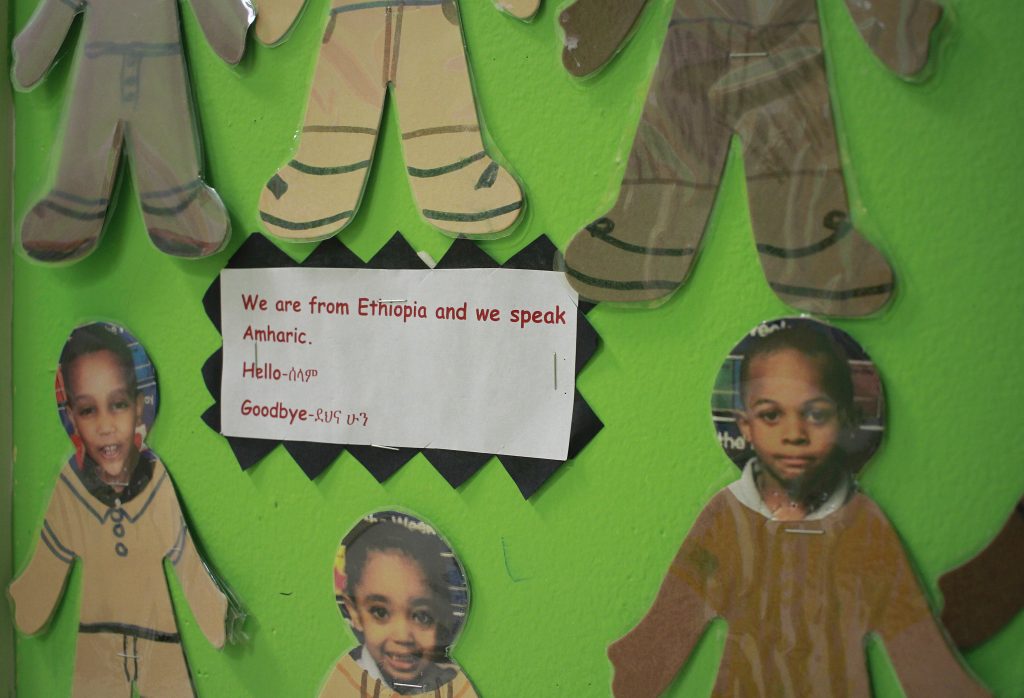
Those myths include the idea that census can share personal data with law enforcement.
“Our goal really is that when it comes to the census, the families are like, ‘Oh, we’ve been talking about this,’” Gibson says. “’It’s not a big deal. It’s not something scary. And we’re definitely going to fill out all the paperwork and participate.’”
They also learn how census numbers translate to how much money their community gets.
Gibson tells parents that if they don’t fill out the form, it could affect their kid’s place at the day care.
“So we have a lot of families that if their child had not been counted, then their child would not have had a spot,” she says. “Because what happens when we got funding through Early Head Start or different federal programs, it was made available based on there being a demonstration of need in the community.”
And to continue providing vital services to young learners, Gibson and others hope for an accurate count next year.
The center now has a waiting list of about 200 kids and will open a second location 3 miles away near Decatur. Gibson used census data to figure out where there’s a need for a new school.
